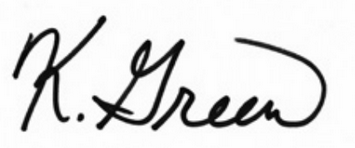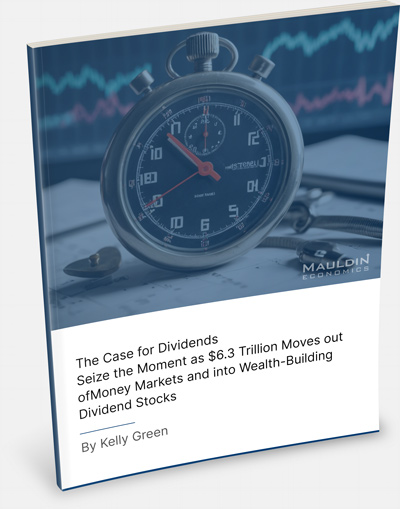
Create Your Own Dividends in Volatile Times
-
 Kelly Green
Kelly Green
- |
- August 13, 2025
- |
- Comments
Two funds that I get asked about a lot are JPMorgan Equity Premium Income ETF (JEPI) and YieldMax Ultra Option Income Strategy ETF (ULTY). And no wonder. JEPI pays monthly with a current trailing twelve-month (TTM) yield of 8.5%. And ULTY pays weekly with a TTM yield of 129%.
Yes, ULTY has paid $7.82 since last August and shares trade for just $6.04. But it’s not all sunshine and rainbows. The fund is down 47% in the past 12 months.
Both funds use an options strategy to generate above average yields. JEPI’s goal is more conservative and uses options to track the S&P 500 with less volatility. ULTY is more aggressive and seeks as much current income as possible.
When asked about these funds, I agree they can be good investments for short-term income. I wouldn’t put them in the set-it-and-forget-it part of your portfolio. Personally, I prefer to sell my own options rather than a fund manager doing it for me.
Using options is a strategy I shared with my Yield Shark readers earlier this year. We sold our second covered call last week to boost our income while we hold our positions long term.
The Winning Side of the Options Trade
I won’t lie and pretend this strategy is as simple as picking high-quality dividend stocks. I screen for options trades with fairly low risk, but an options contract covers 100 shares of the underlying stock.
If you are just starting your investing journey or hold smaller position sizes, options probably won’t work for you. If that’s the case, a fund such as the two above would be a good way to have options exposure in your portfolio.
Options contracts come in two flavors—calls and puts. And they trade just like any stock on an exchange—there is a buyer and a seller.
Most of the talk about options is about buying options. Options buyers are usually looking for insurance on a position or to speculate using less capital. They will buy an options contract so they have the “option” to make a move in the future.
I prefer to take the other side of the trade as an options seller. Doing so means I get paid a premium upfront in exchange for possibly being obligated to take action at expiration. Every option has an expiration date. It’s the date the buyer decides if they will exercise their option.
I select my options so that I’m happy with either outcome. Plus, I get to keep my extra income no matter what happens. It’s a win-win for me.
|
You Get Paid More When Volatility Rises
Options might sound too good to be true. The catch is there aren’t always opportunities to cash in on this strategy. There must be buyer demand. And the premium the buyer is willing to pay must be high enough to offset the risk you will have to take further action.
There are two factors that help boost the upfront premium: time and volatility. The more time the option gives to the buyer—meaning an expiration date further in the future—the higher the premium collected upfront. I don’t like to use long-dated options. Instead, I look for volatility to give me favorable sell prices.
You all know I watch the CNN Fear & Greed Index to gauge overall market sentiment. For options volatility, I use the CBOE Volatility Index (VIX).
The VIX measures the 30-day volatility in the market by analyzing the prices of S&P 500 index options. Essentially, it gives us a peek at the level of volatility options buyers are allowing to be priced into current options contracts.

Like what you're reading?
Get this free newsletter in your inbox every Wednesday! Read our privacy policy here.
That being said, I do think we’ll see other spikes above 20 through the end of the year.
If you’re an options seller, the VIX is a great gauge to keep an eye on. If you are interested in selling options, this is a great time to explore the strategy, as I think opportunities are coming in the next few weeks.
Have you sold covered calls to unlock extra income from your long-term positions? Are you using options in a different strategy? Are you interested to learn more about selling covered calls? I am curious, so let me know.
|
For more income, now and in the future,

Kelly Green

 Kelly Green
Kelly Green
